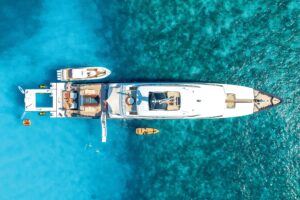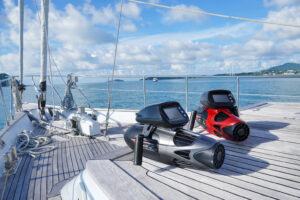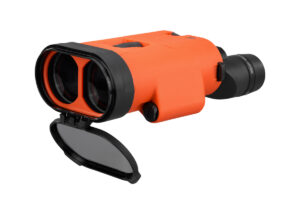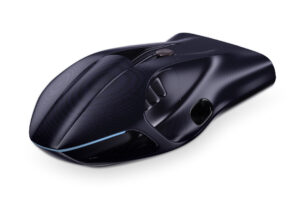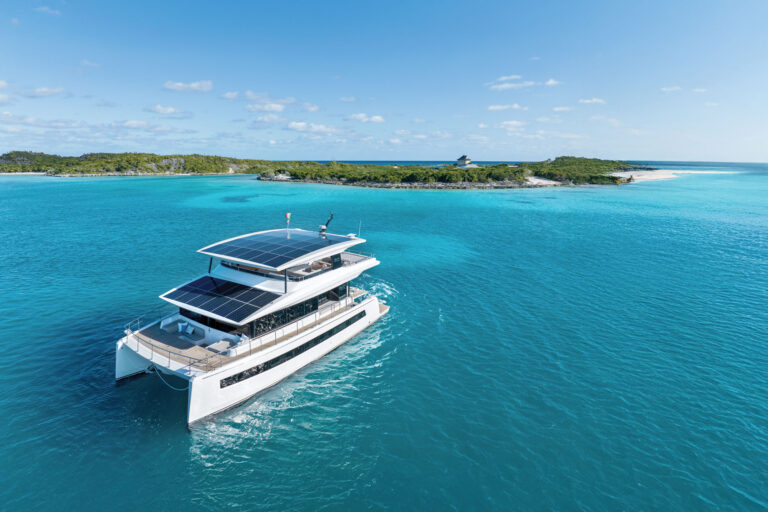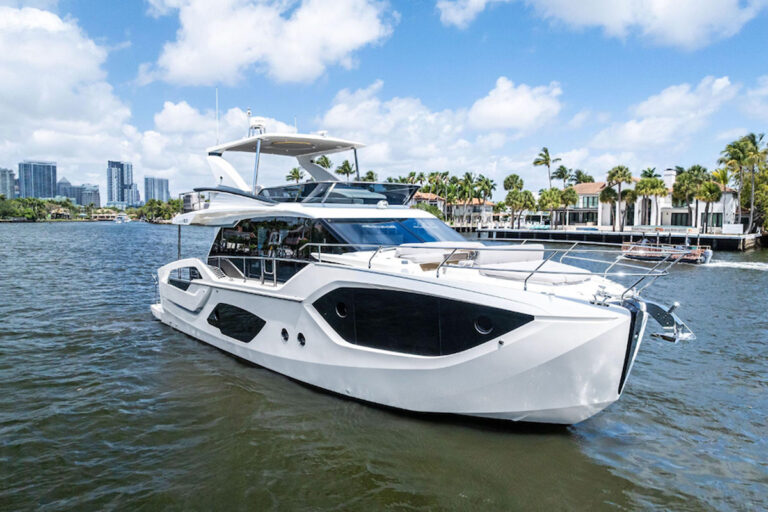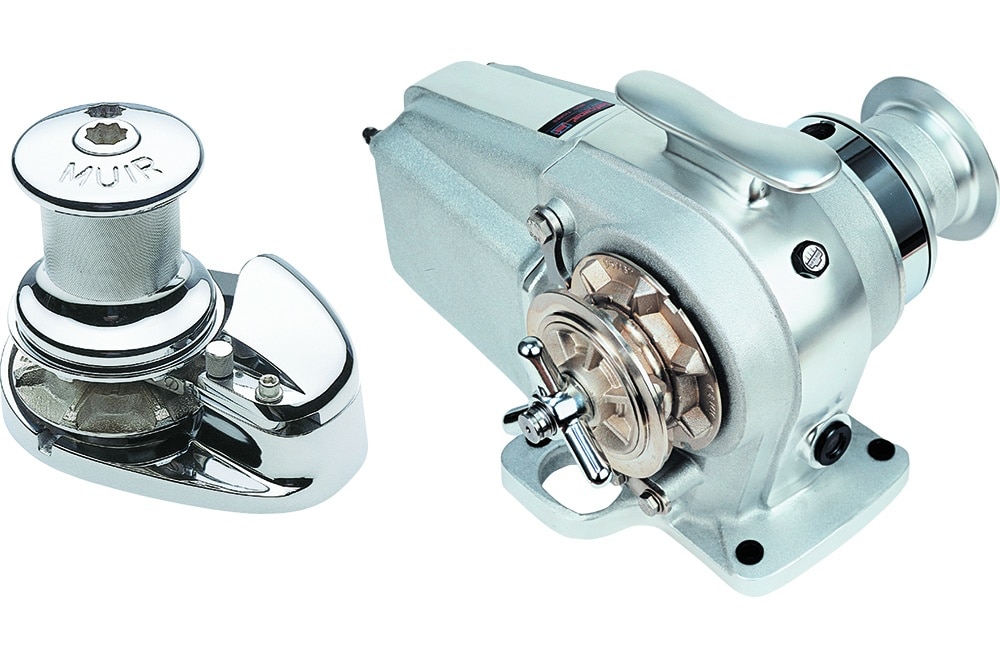
The windlass has become standard on most boats over 28 feet, largely because of its value in making anchoring much easier. Choosing the right windlass is rarely an issue on new-boat purchases, but refitting can be a challenge. The choices typically depend on the size and use of the boat, but owners often have to make choices between vertical and horizontal models, and between manual, electric or hydraulic power.
Matching an older windlass to a new model can also be tricky. “The newer models don’t always fit existing deck cutouts, so we’re finding that many owners are hesitant about doing the refit,” says Jim Thomas, product manager of IMTRA, which markets the Lofrans and Muir windlass brands.
IMTRA’s service philosophy across all its marine product lines is to ensure that customers select the correct product for their specific boats. For windlass customers, Thomas brings a selection of paper cutting templates to the boat shows so they will have the exact dimensions of replacement windlasses. “Usually their eyes light up because they can see the footprint of different options,” says Thomas. “It makes adding or replacing the old windlass a lot less intimidating.”
Thomas estimates that about half of IMTRA’s clients will install the windlass themselves, while boatyards do the other refits. Lofrans, which has been manufacturing windlasses in Italy since 1966, has a complete range of vertical and horizontal windlasses for boats from 20 to 160 feet LOA. “The brand is respected internationally for its durable construction,” says Thomas. “Most people consider the Tigres, just to name one of its models, to be bulletproof. They’ve built a great following because of their quality.”
Thomas says that having two world-class brands allows IMTRA to offer a broader range of windlasses for most boat types. Muir has been manufacturing windlasses since 1968 in Australia and has built up a global following for excellence and innovative design. “They’ve done something interesting recently on their horizontal windlasses by moving to FRP housing,” says Thomas. “The fiberglass housing eliminates corrosion typically associated with aluminum housings, and this medium readily accepts paint finishes. That makes them ideal for a refit since they can match the boat’s color.”
The other primary consideration for refits is whether existing wiring and circuit protection will work with the new windlass. Owners who have purchased older boats may need to upgrade the wiring, especially if they’re switching from a rope-chain rode to a more powerful windlass managing an all-chain rode. IMTRA will help owners choose the best windlass by reviewing existing cable diameters, distance to the battery source, and the amp rating of the original circuit breaker. “We compare this information to ABYC’s voltage-drop tables to make sure the equipment is appropriate,” says Thomas. “If it isn’t, then we recommend specific changes that need to be made.”
The company has created a Knowledge Base on its website at IMTRA.com/support-knowledgebase.htm , providing detailed product information about its windlass offerings. Boat owners can also submit questions about their specific situations. IMTRA also has a YouTube channel, accessed from the Knowledge Base, with videos on how to maintain a windlass.
Thomas says that it’s important to look at the big picture when doing a refit. “We take a systems-oriented approach by looking at all the components and then make our recommendations,” he says.
For more, visit IMTRA.com .

